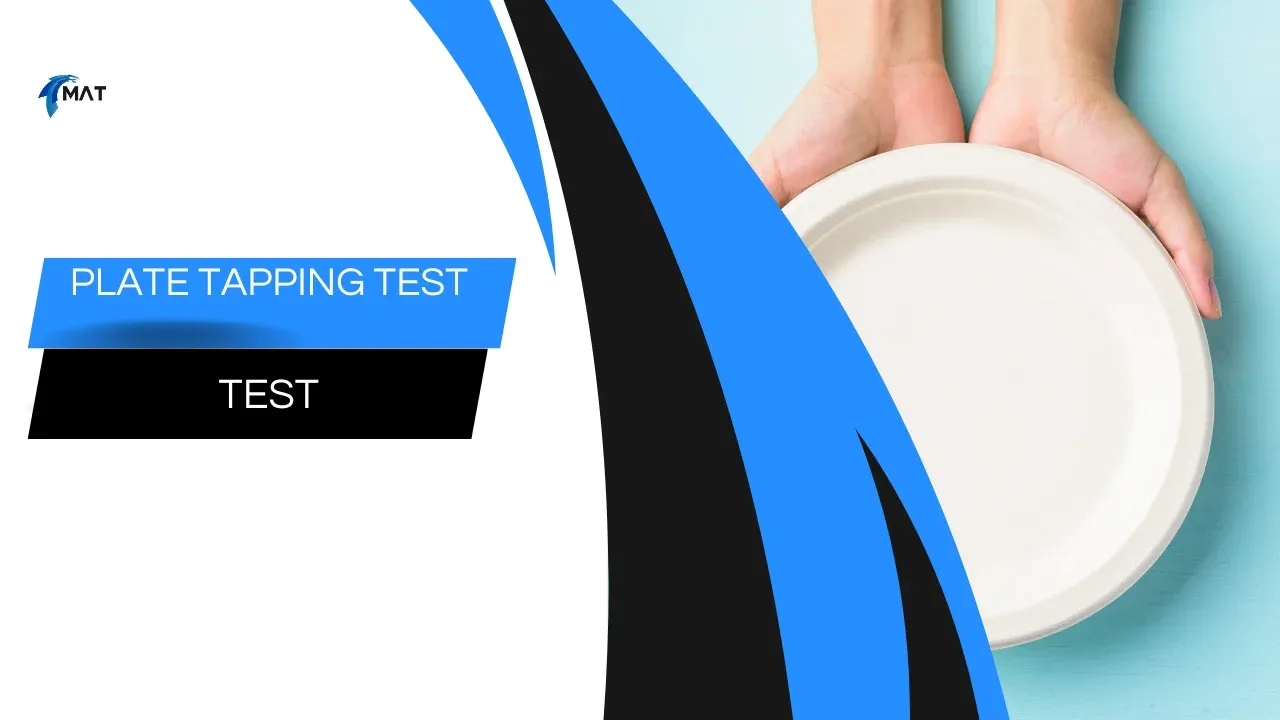Speed Testing: Plate Tapping Test
Jul 04, 2023
The Plate Tapping Test is a simple and quick assessment tool used to evaluate upper extremity function, particularly the speed and accuracy of hand movements. The test involves tapping two plates or buttons alternately with the dominant and non-dominant hand for a set amount of time. The test measures the number of taps completed in a given time and can be used to assess a variety of conditions that affect upper limb function, such as stroke, Parkinson's disease, and multiple sclerosis.
Procedure:
Explain the test to the participant and demonstrate how to perform it.
- Place two plates or buttons in front of the participant, one on the left side and one on the right side.
- Instruct the participant to tap the plates alternately with their dominant and non-dominant hand as quickly and accurately as possible for a set amount of time (30 seconds).
- Start the timer and cue the participant to begin tapping.
- After the allotted time has passed, stop the timer and record the number of taps completed by each hand.
- Repeat the test 2-3 times with rest breaks in between, and calculate the average number of taps for each hand.
There is no one "normal" result for the Plate Tapping Test, as the expected number of taps can vary based on factors such as age, gender, and physical condition. However, normative data is available for specific versions of the test, which can be used as a reference to compare individual results. In general, a higher number of taps in the allotted time is considered indicative of better upper extremity function.
Sensitivity and specificity are measures of a test's accuracy in identifying individuals with a particular condition or characteristic. As the Plate Tapping Test is a general measure of upper extremity function rather than a diagnostic tool, it does not have sensitivity and specificity values in the same way as a clinical test. However, the test has been found to have good reliability and validity for assessing upper limb function in various populations, including stroke survivors and people with Parkinson's disease.
References:
- Tiffin, J., & Asher, E. J. (1948). The Purdue Pegboard: Norms and studies of reliability and validity. Journal of Applied Psychology, 32(3), 234-247.
- Smith, A., & Kritchevsky, M. (1990). Applications of automated assessment of cognitive function. Journal of Clinical Psychology, 46(1), 80-89.
- Peterka, R. J., & Loughlin, P. J. (2004). Dynamic regulation of sensorimotor integration in human postural control. Journal of Neurophysiology, 91(1), 410-423.
- Wechsler, D. A. (1981). Manual for the Wechsler Adult Intelligence Scale-Revised. Psychological Corporation.
Download Our Measurz App For FREE And Perform, Record and Track 800+ Tests With Your Clients Today.
Want To Improve Your Assessment?
Not Sure If The MAT Data-Driven Approach Is Right For You?
Get a taste of our MAT Course and data-driven approach using the MAT with a FREE module from our online MAT Course.
We hate SPAM. We will never sell your information, for any reason.



